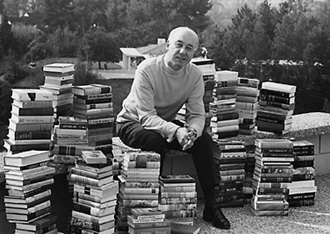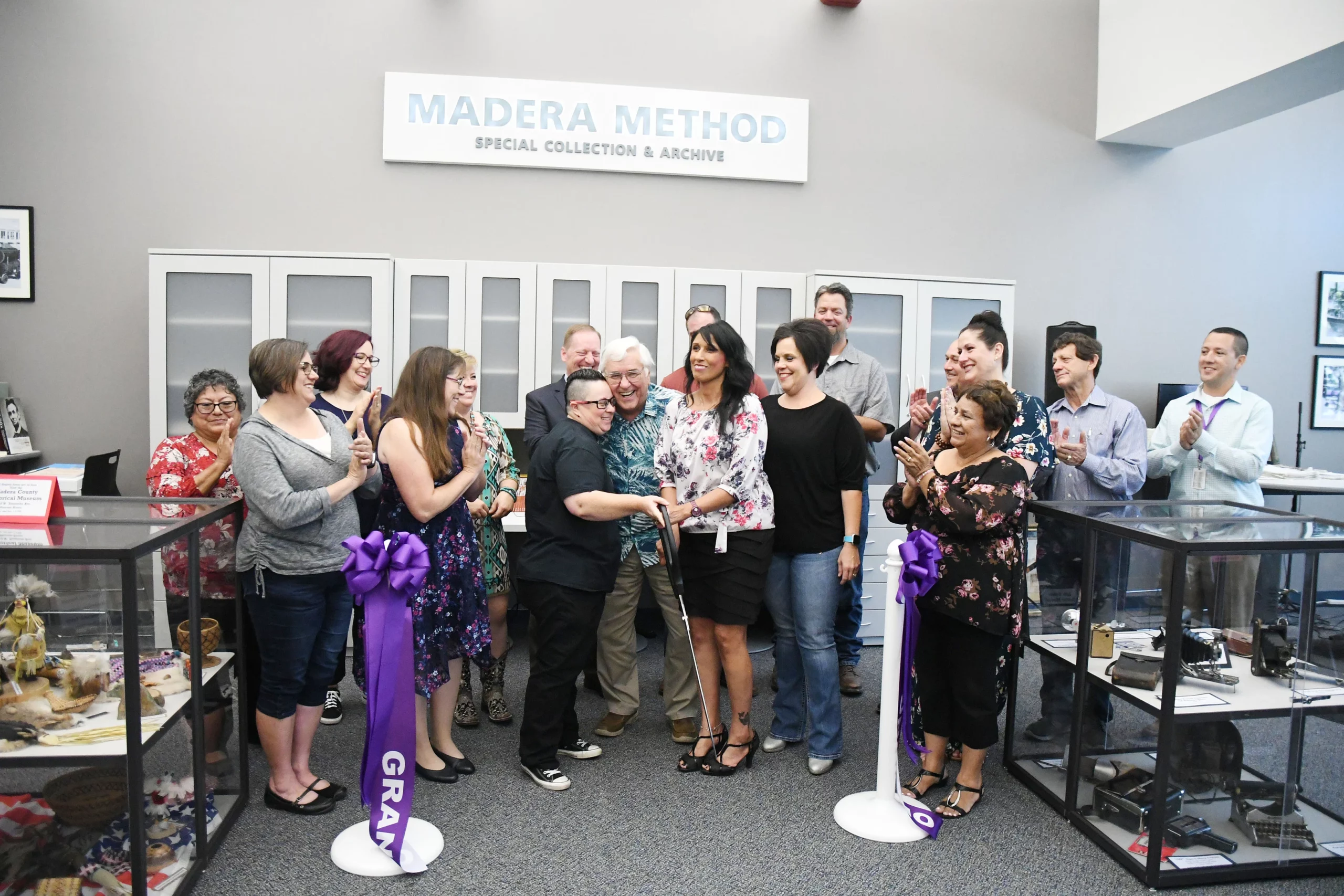History teacher Bill Coate launched the remarkable and prolific practice during the 1984-1985 school year in his 6th grade class at Howard school in Madera, CA. In the early 1980s, one of his friends informed Bill of an abandoned grave site near a dilapidated small adobe farm house in Chowchilla, located near the river. On the site, overtaken with weeds, were three grave stones, all with the same chiseled last name: Jonas Minturn, Roland R. Minturn, and Abby West Minturn, with an epitaph on Abby’s stone: “Her Children Will Arise and Call Her Blessed.” Although no one in town knew about those graves or about the Minturns, the name was all over the area: Minturn cotton gin, Minturn almond huller, Minturn Road, even a Minturn Bar. A significant name in the area with no immediate written records to be found other than the road and business signs. Queries with the historical or genealogical societies yielded no information on either of the three Minturn names. Back in his Howard classroom, Bill related the story to his students and ignited their interest by suggesting they all put on their sleuthing hats and start asking questions and search for primary source documents about any of the residents at the grave site. Starting with a death certificate, a coroner’s report, newspaper information, etc. the students became passionately involved, learning everything they could find about the small forgotten family, which, it turns out, was not so small. Thus, the Madera Method was born.
For most of the following school year, his students gathered with Bill, every Saturday, and kept digging for information. The census reports and land deeds pointed to the Minturns’ arrival in California in 1870, which also helped the students discover the family’s origin: Bristol, Rhode Island. The budding Howard historians successfully convinced an 8th class, in Bristol, to collaborate on the research project. The Madera Method was now operational on both coasts.
The expanded team unearthed far more than could have been gathered remotely and enriched the research far beyond the Madera Method’s initial expectations. Within just a few months, the team had recovered over 300 primary documents, starting from three abandoned grave stones.
The concept was now reality and the Madera Method proved to be a phenomenal learning tool, that could be reproduced anywhere, because its users where passionate about every aspect of satisfying their seemingly unquenchable thirst for a more complete story.
The quality and depth of their research was both staggering and humbling, considering that the bulk of the work was achieved more than a decade before the internet became a household word.

Famous biographical novelist Irving Stone heard of the project, from a friend, who happened to be one of Bill Coate’s college professors. Irving Stone contacted Bill and swiftly suggested the completed research be published as the Minturn Chronicles, written as Abby West Minturn’s diary. Each student wrote a year in Abby’s life, based on verifiable research to complete the project. Each child told their part of the story at an event at the grave site, concluding the research in a soulful, elegant, and well attended ceremony that deeply touched Abby’s descendants present under the early June sun, almost a year after the birth of what Irving Stone would eventually officially coin, the Madera Method. Irving Stone took ownership of the Madera Method as a sponsor, fundraiser, and an opportunity to disperse a lifelong of learning to interested children. Irving Stone even prefaced the Minturn Chronicles, the Madera Method’s first opus.
Since then, the Madera Method has taken its students on twenty more local families’ projects, travelled to other states across the land — Virginia, North Carolina, Kentucky, and Texas, even to Sonora in Mexico.
The Madera Method also extended its reach with the Madera Method Wagon Train trips, which have delighted and charmed many Madera elementary school students for many years. Bill’s friend, Ed Gwartney, built two fully functioning wagons for his James Monroe history class, and both men decided to test them out with kids on small trips in the local foothills. Eventually, some of the trips would last a few days, on the Dalton Ranch in Madera, some were more ambitious: following a 49er trail, going to places as far as Stockton or Coloma, even once all the way to Texas. Back in January 1993, one ambitious trip lasted 26 days, traveling over 900 miles from Nogales, AZ to Madera, with a dozen kids, a nurse, and a motorhome. At its peak, the Madera Method Wagon Train owned five wagons, a chuck wagon, a few horses, and ten mules, all provided by generous and enthused local farmers, all smitten by the opportunity, who dedicated their own vacation time and treasure to benefit the local elementary kids and their personal taste and nostalgy for the heydays of the California cowboys. The last wagon trail trip ended a few years ago, but the trips could easily be revived: the wagons are still around, somewhere up in the Fresno County mountains, ready to be used, to recreate a 19th century pioneer experience elementary students would never forget.

The Madera Method abruptly stopped its research practice about a decade and a half ago, when the school district reprioritized some of its activities and educational goals, and reallocated its resources, partly because the Madera Method was never actually incorporated into MUSD’s official curriculum. The Madera Method had its own website, hosted on University of California Berkeley servers, that featured a few of the stories written by students up until the mid-1990s. The website has since been removed from circulation and is no longer maintained. Today, MUSD has revived the Madera Method with a dedicated library on the Madera South campus and is building and maintaining this website to provide a publishing platform for the completed Madera Method projects.
“All of you (Madera Method students) have shown how collaboration bridges the gap between generations. You have also shown scholars of all ages can make important contributions to our sheer body of knowledge…."
Chancellor Chang-Lin Tien, UC Berkeley Tweet
Madera Unified is where students are challenged to broaden their vision, inspired by meaningful opportunities, and strive for authentic achievements.